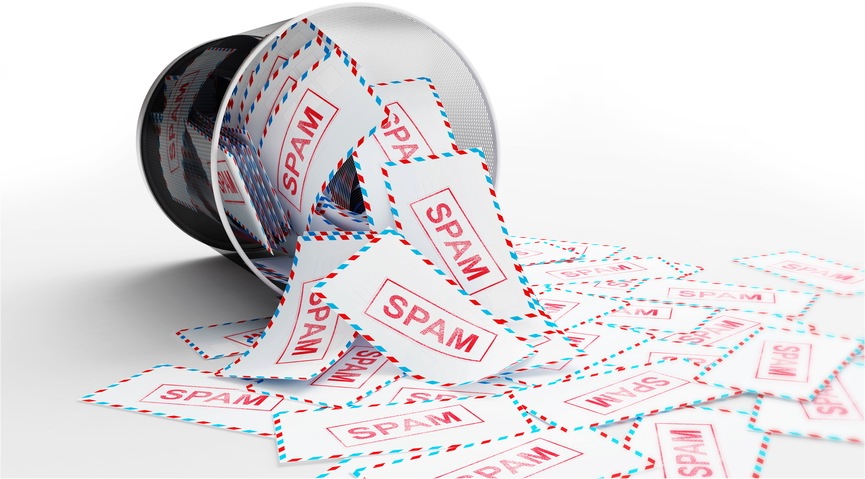The last thing you can afford as a small business owner is to have your mailbox overrun by spammers. Excessive spam slows down your workflow, and can even cause you to overlook important messages. As a company offering IT services in Irvine, we often get the question of how to reduce spam in work email. Here are a few tips.
Filter it
The best line of defense is a good spam filter, which you likely have, depending on the provider your business uses. Some programs like Outlook have different settings to provide more or less rigorous filtering, based on your needs.
Choose an original email address
You can minimize the likelihood of your address randomly ending up on a spam list by making it original, if possible. Choosing an address like [email protected] will protect your email better than more standard addresses like [email protected].
Have multiple addresses
The most effective way for minimizing spam is by not giving out your email address. Depending on where you share your email, entering your email even once can open you up to more spam from a range of sources. Still, sometimes, entering your email is unavoidable for online tasks. If you often find yourself needing to offer an email, consider using a dedicated address that you don’t specifically use for your work— one you don’t have to check every day. This will funnel a majority of spam away from your main task flow.
Don’t forget about Phishing
Some spam goes even further, not only annoying you, but trying to nab your personal info through phishing practices. Phishers out there will try their hardest to get you to click a link, faking emails from companies like Amazon, your internet service provider, or credit card company. Sometimes, rather convincing messages can be sent over, with content that closely matches what you would expect. Thankfully, most often the messages are easy to spot, like this one I recently received:
 spam
spam
You can easily see that the actual domain that sent the email is not Amazon.com, but some strange, phishy-looking fake URL. If one were to trust this email and click on a link within, potentially harmful malware would likely be installed on your device, opening up your company’s network to fraud. Being cautious is the best medicine, but if you spot a phishing attempt, it’s also good to do your part to shut down the nuisance by reporting it using your email platform’s reporting feature, or by using one of the links below.
- Google: Report Phishing Page
- Federal Trade Commission: Report Phishing Page
- org: Report Phishing Page
- Symantec: Report Phishing Page
- FBI: Report Phishing Page
Thankfully, most email providers do their part to protect their users from the brunt of the spam crush. Along with the standard filtering, smart browsing practices can minimize the nuisance. For more help with email security, or other IT services in Irvine, reach out to the Cloudstep team.







